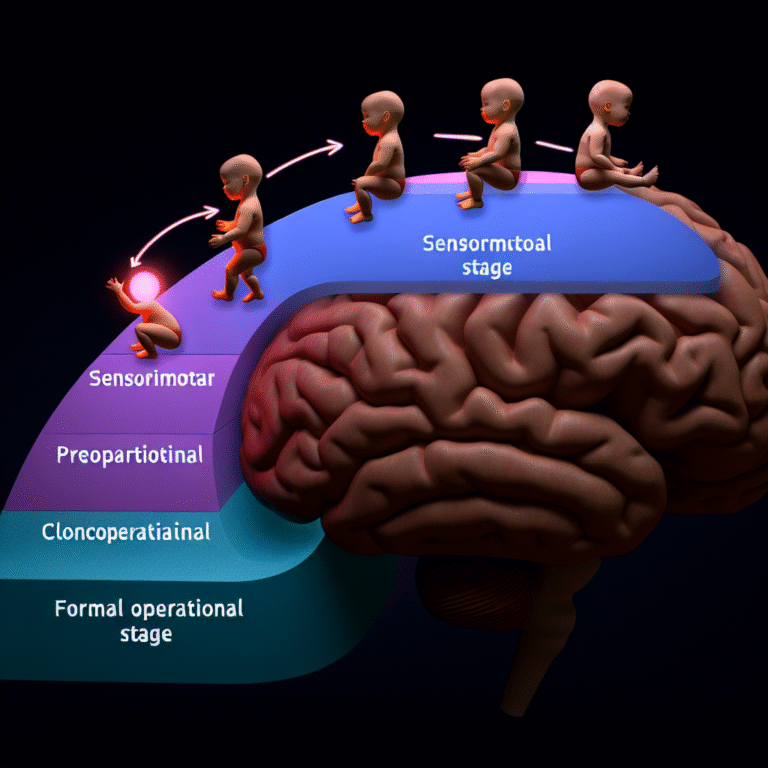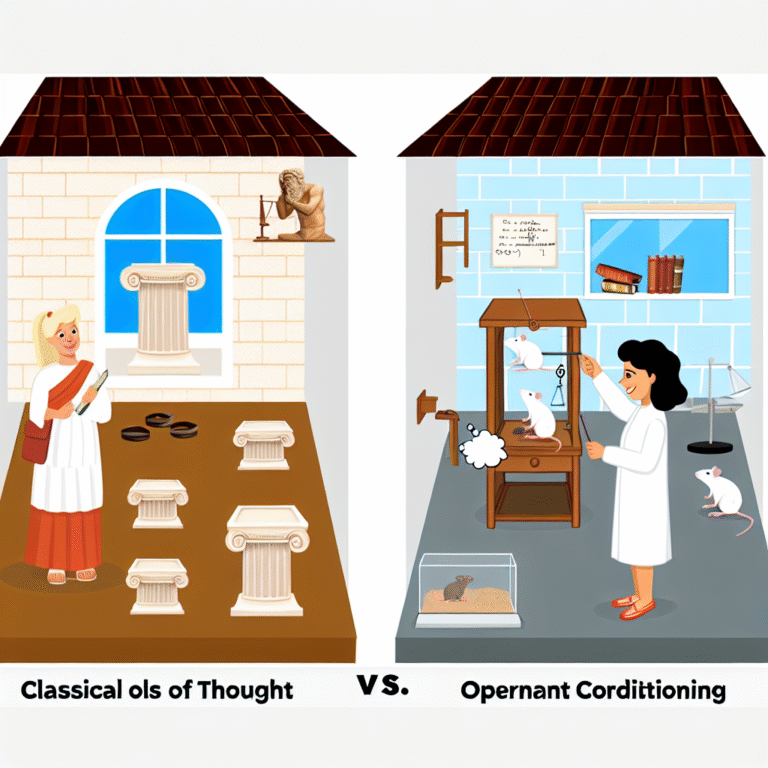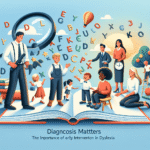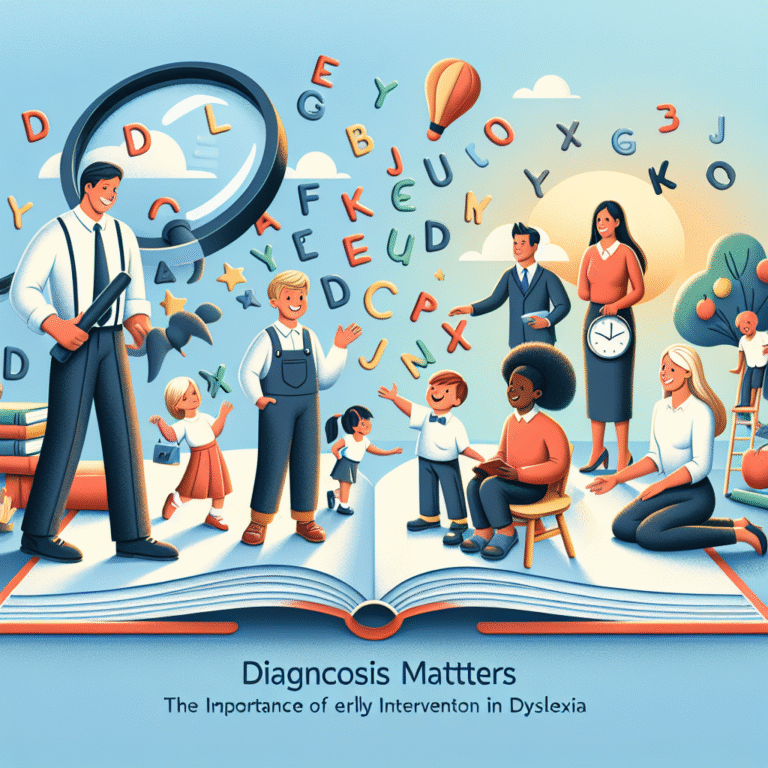
Bridging the Gap: How Understanding Attachment Styles Can Improve Adult Intimacy
Introduction
Imagine this: you’re sitting across from your partner at dinner, both of you seemingly engaged yet feeling an unspoken distance. You wonder why intimacy feels elusive, even in moments that should be filled with connection. The key to bridging this gap might lie within the depths of your attachment styles. In today’s fast-paced world, understanding these psychological frameworks is not just essential for individual growth, but it also can transform the dynamics of adult relationships. This article will delve into the anatomy of attachment styles, illustrating how they influence adult intimacy and offering actionable insights to help partners connect on a deeper level.
Understanding Attachment Styles
The Four Attachment Styles
Attachment theory, initially developed by psychologist John Bowlby, posits that our early interactions with caregivers shape our emotional and relational patterns. Here are the four primary attachment styles and their characteristics:
Secure Attachment
- Characteristics: Trusting, empathetic, and comfortable with intimacy.
- Relationship Impact: Partners with a secure attachment style often foster healthy, open communication and problem resolution.
Anxious Attachment
- Characteristics: Preoccupied with relationships, craving closeness but fearing abandonment.
- Relationship Impact: May lead to clinginess and heightened emotional responses, creating tension in intimacy.
Avoidant Attachment
- Characteristics: Value independence, often appearing emotionally distant.
- Relationship Impact: Partners may shy away from emotional closeness, leading to misunderstandings and feelings of rejection.
- Disorganized Attachment
- Characteristics: A mix of anxious and avoidant behaviors, often stemming from trauma.
- Relationship Impact: This can create chaos in relationships, as individuals may fear intimacy yet desire it.
The Science Behind Attachment
Understanding the science behind these attachment styles can significantly aid in bridging the gap in intimacy. Studies have shown that our attachment styles can influence our behaviors in relationships. A 2019 study published in The Journal of Social and Personal Relationships found that secure attachment styles correlated with higher satisfaction in relationships, while anxious and avoidant styles were linked to lower levels of intimacy and emotional connection.
Case Study: Sarah and Tom
Consider the case of Sarah and Tom, a couple who struggled with intimacy. Sarah identified as having an anxious attachment style, often bombarding Tom with questions about his feelings and commitment. Tom, exhibiting an avoidant attachment style, would retreat further when feeling overwhelmed. Understanding these dynamics allowed them to address their issues directly. By attending therapy together, Sarah learned to express her needs without overwhelming Tom, while Tom worked on becoming more receptive to emotional closeness.
Bridging the Gap: Recognizing Your Style
Recognizing and understanding your own attachment style can be an eye-opening experience. Often, acknowledgment is the first step toward healing. Here’s a simple table to help you identify your style:
| Attachment Style | Characteristics | Potential Impact on Intimacy |
|---|---|---|
| Secure | Open, trustful, comfortable with closeness | Fosters healthy communication and connection |
| Anxious | Clingy, seeks reassurance, fears abandonment | May cause stress and constant need for intimacy |
| Avoidant | Independent, often emotionally distant | Creates barriers to intimacy and connection |
| Disorganized | Conflicted, fears intimacy yet craves it | Leads to chaotic relationship dynamics |
Emotional Availability: Key to Adult Intimacy
Emotional availability is crucial to bridging the gap in adult intimacy. Partners need to feel safe expressing their feelings and vulnerabilities. This often ties back to the attachment styles in play. Those with secure attachment styles generally find it easier to be emotionally available, whereas anxious and avoidant individuals may struggle.
Case Study: Jamie and Alex
Jamie and Alex present another intriguing example. Jamie, with a secure attachment, was comfortable discussing emotions, while Alex’s avoidant tendencies led him to shut down during discussions. This estrangement created emotional distance. By recognizing these dynamics, Jamie encouraged Alex to express himself in a non-threatening environment, helping him gradually become more emotionally available.
The Role of Communication in Bridging the Gap
Open Dialogue: Asking the Right Questions
Effective communication is foundational for bridging the gap. Partners should engage in open dialogue wherein they ask questions about each other’s feelings and needs. Consider the following questions that can help spark these conversations:
- How do you feel when we argue?
- What do you need from me when you feel stressed?
- How can I support you better?
Case Study: Mia and Rob
Mia and Rob had developed a pattern of negative communication that often led to arguments. By implementing structured check-ins, where they would sit down and discuss their feelings and expectations, they transformed their relationship. This open dialogue allowed both to feel heard and understood, significantly improving their intimacy.
Supporting Changes: The Role of Therapy
For many couples, therapy can serve as a valuable tool in understanding attachment issues. A 2020 study in Couple and Family Psychology revealed that couples who underwent therapy focusing on attachment styles reported significantly higher levels of satisfaction and intimacy.
Healthy Boundaries: A Crucial Component
The Balance Between Independence and Connection
Healthy boundaries are critical in any intimate relationship. For individuals with anxious or avoidant attachment styles, establishing boundaries can help mitigate fears and insecurities. Understanding one’s needs and respecting a partner’s space can help bridge the gap in intimacy.
Case Study: Kevin and Lisa
Kevin and Lisa’s relationship was on the brink of collapse due to Lisa’s anxious attachment and Kevin’s avoidant tendencies. After they learned about the importance of healthy boundaries, they established rules in their communication styles. This balance between independence and connection ultimately allowed them to deepen their intimacy without encroaching on each other’s space.
Navigating Conflict: An Essential Skill
The Importance of Conflict Resolution Skills
Navigating conflict is another area where understanding attachment styles can improve adult intimacy. Research in Emotion has shown that couples who are aware of each other’s attachment needs during conflict tend to resolve issues more amicably.
Case Study: Nina and James
Nina and James often found themselves embroiled in arguments. By learning to recognize their attachment styles (Nina being anxious and James being avoidant), they implemented a conflict resolution strategy that took both of their needs into consideration. Nina learned to self-soothe during conflicts, while James became more open to discussing feelings when tensions arose.
Practical Tips for Bridging the Gap
Self-Awareness: Identify your attachment style and understand its impact on your relationships.
Open Communication: Engage in regular discussions about feelings and needs without fear of judgment.
Therapy: Consider professional guidance to navigate attachment issues effectively.
Establish Boundaries: Create clear boundaries that respect both partner’s needs for closeness and independence.
- Conflict Resolution: Implement constructive conflict resolution strategies focused on understanding each other’s perspectives.
Conclusion
Bridging the gap through an understanding of attachment styles is not merely a theoretical exercise; it is a profound opportunity for personal and relational growth. When both partners commit to understanding their own and each other’s attachment needs, they can cultivate deeper emotional connections and enrich their intimacy. Remember, the journey toward a more intimate relationship is one of awareness, dialogue, and mutual respect. By embracing the principles discussed, you can take actionable steps toward a more fulfilling connection with your partner.
FAQs
1. What are attachment styles?
Attachment styles are psychological frameworks that describe how individuals form emotional bonds and navigate relationships based on their early interactions with caregivers.
2. How can knowing my attachment style improve my current relationship?
Understanding your attachment style can help you recognize patterns in your behavior and communication, making it easier to address issues and develop healthier interactions with your partner.
3. Can attachment styles change over time?
Yes, attachment styles can evolve through self-awareness, therapy, and positive relationship experiences.
4. What should I do if my partner’s attachment style is very different from mine?
Engage in open communication about your styles, respect each other’s needs, and consider couples therapy for deeper understanding and tools to bridge the gap.
5. How can I communicate better with a partner who has a different attachment style?
Focus on active listening, expressing your feelings without blame, and asking open-ended questions to foster understanding and intimacy.
By understanding and applying these insights, you can act decisively in bridging the gap and enriching your adult intimacy. The journey begins with awareness and a commitment to growth, resulting in a more meaningful and fulfilling partnership.
















